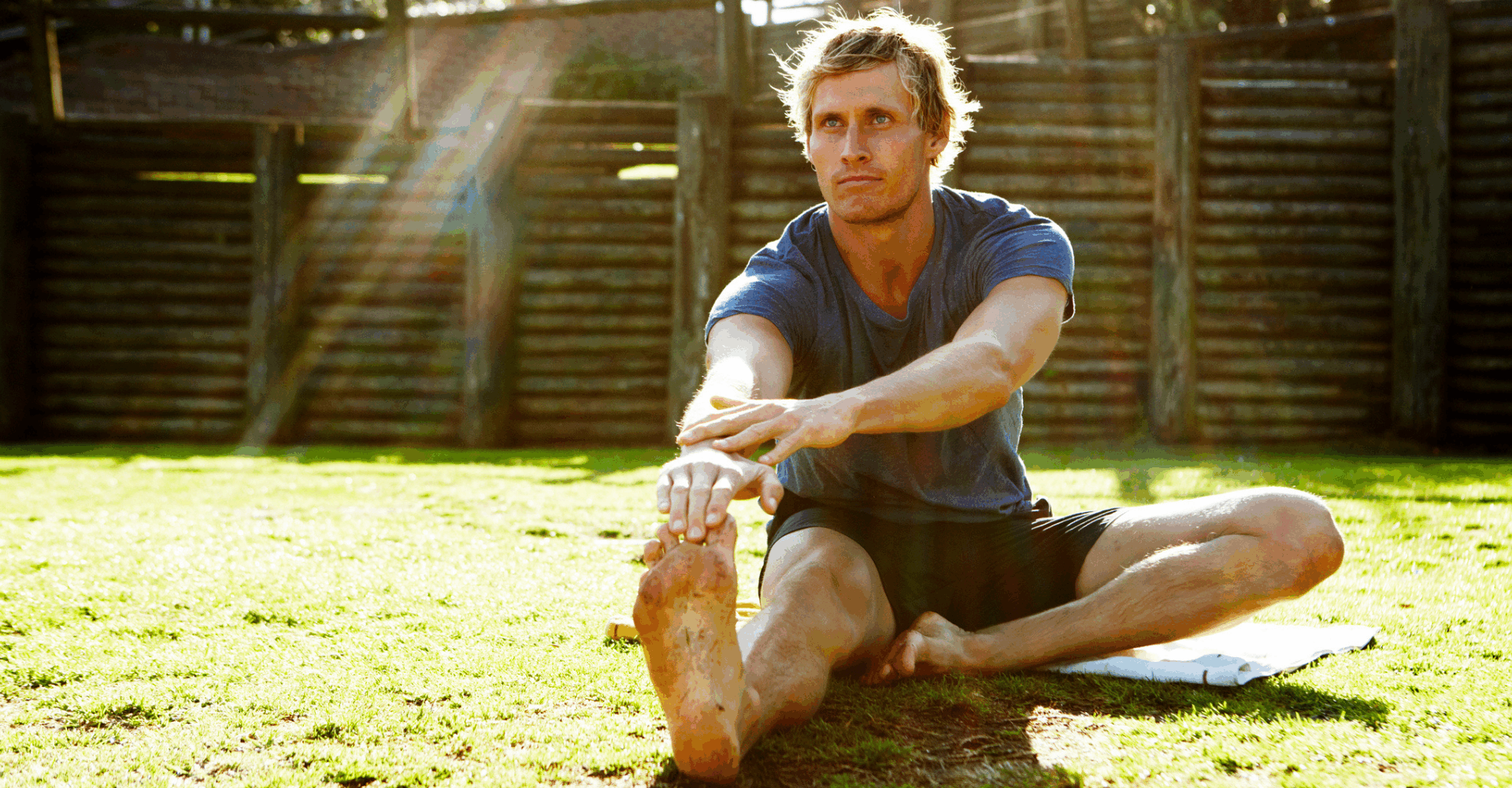Thinking About Ditching Your Training Shoes for Good? Read This First
You may have seen people wearing minimalist shoes in the weight room or at CrossFit. Maybe you’ve crossed paths with a barefoot runner on a trail. You’re now interested in barefoot training.
Proponents of it rave about benefits like improved foot strength, stability, posture and balance. But are barefoot workouts actually good for you? Before ditching your shoes, it’s important to weigh the benefits and potential downsides of working out barefoot. Here’s what you need to know.
RELATED: How to Run a Faster 10K
What Is Barefoot Training?
Barefoot training is the practice of exercising without shoes — or with minimalist footwear that lets you feel the ground beneath your feet. The idea is to better engage all the muscles of the foot by removing the extra padding and cushioning that traditional shoes provide.
“Think of it this way: we wouldn’t keep someone’s arm in a cast for years and expect it to remain strong. Yet that’s essentially what conventional shoes do to our feet — they immobilize and weaken structures that are meant to be active,” says Dr. Manon Williams, NHS doctor at Nackt Shoes.
Benefits of Barefoot Training
“Barefoot workouts can build better strength and stability through the foot, ankle and lower leg,” says Dr. Joshua Blomgren, sports medicine physician at Midwest Orthopaedics at Rush in Chicago. That’s because when you remove the extra support that shoes provide, you activate underused muscles in those areas. Over time, strengthening them helps improve balance, control and overall movement efficiency.
Barefoot workouts can also help build better proprioception, which Blomgren describes as “the positional sense of the body to the surrounding environment.” This isn’t just a nice-to-have skill — it’s essential to navigate the world and perform everyday movements without hurting yourself.
Without shoes, you are way more aware of the way your feet interact with the ground and can make subtle adjustments when something feels off. For example, if you notice discomfort when the ball of your foot hits the ground, you’ll naturally shift to a softer landing.
Understanding the mechanics is one thing, feeling them is another. “I started barefoot running after reading Christopher MacDougall’s Born to Run. At the time, I was starting to experience injuries, some of which were becoming chronic, so I experimented with barefoot as an entirely pragmatic strategy for sustaining my passion for running,” shares Kenneth Posner, a barefoot practitioner who has completed 128 barefoot races, including marathons and ultra-marathons, and also practices barefoot hiking and mountain climbing.
“The big changes include learning to step lightly; better balance and agility; more vigorous use of the big toe and the glutes; better alignment with an overall feeling of fluidity and looseness; and a sense of exhilaration, intensity and light-footedness,” he adds.
Beyond the physical benefits, working out barefoot, especially outdoors, can also cultivate the mind-body connection and turn into an exercise in mindfulness. You’re more deliberate. You have to pay attention to every step. Your senses are heightened thanks to the thousands of nerve endings in your feet.
Potential Drawbacks of Barefoot Training
That said, there are potential drawbacks to consider before jumping in with both feet. All three experts agree: The biggest risk is injuring yourself during the transition period. Research shows that when you first start training barefoot, your feet and legs absorb more pressure and impact than they’re accustomed to. This makes you vulnerable to injuries without a gradual transition. “Rushing the process commonly results in achilles tendinopathy, plantar fasciitis, calf strains, or metatarsal stress fractures. I’ve seen enthusiastic patients sidelined for months because they progressed too quickly,” says Williams.
Plus, according to Blomgren, barefoot training can expose you to the elements, which, depending on the environment, can mean hurting yourself on sharp objects or catching a bacterial or fungal infection.
Finally, barefoot training may be popular, but that doesn’t mean it’s for everyone. “Patients with diabetes and peripheral neuropathy, significant neurological conditions, severe structural foot deformities or acute injuries need careful individual assessment,” notes Williams. “The protective cushioning of conventional footwear may be medically necessary for certain populations.”
Getting Started With Barefoot Workouts
If you’re otherwise healthy and want to give barefoot workouts a shot, it’s important to start slowly to “allow the body to adapt to the unique forces involved in barefoot training,” recommends Blomgren. “Listen to your body: your calves will be sore as they adapt to new demands. This discomfort is normal but must be respected — pain is not,” adds Williams.
Patience is key. “Barefoot running requires a multi-year transition and rapid changes create risk for tendons and ligaments. I strongly suggest that people start by doing barefoot hiking on the trails or even walking in a park. In my experience, there’s very little risk, as long as people start out slow and with short distances, and you get all of the same benefits plus the wonderful feeling of connection to the environment,” suggests Posner.
Barefoot workouts can provide many benefits once your body gets used to them. But they’re not without risk, and they’re not about going all in. If anything, they require you to slowly unlearn certain movement habits and reconnect with the way your body naturally moves, one mindful step at a time.
You Might Also Dig:

